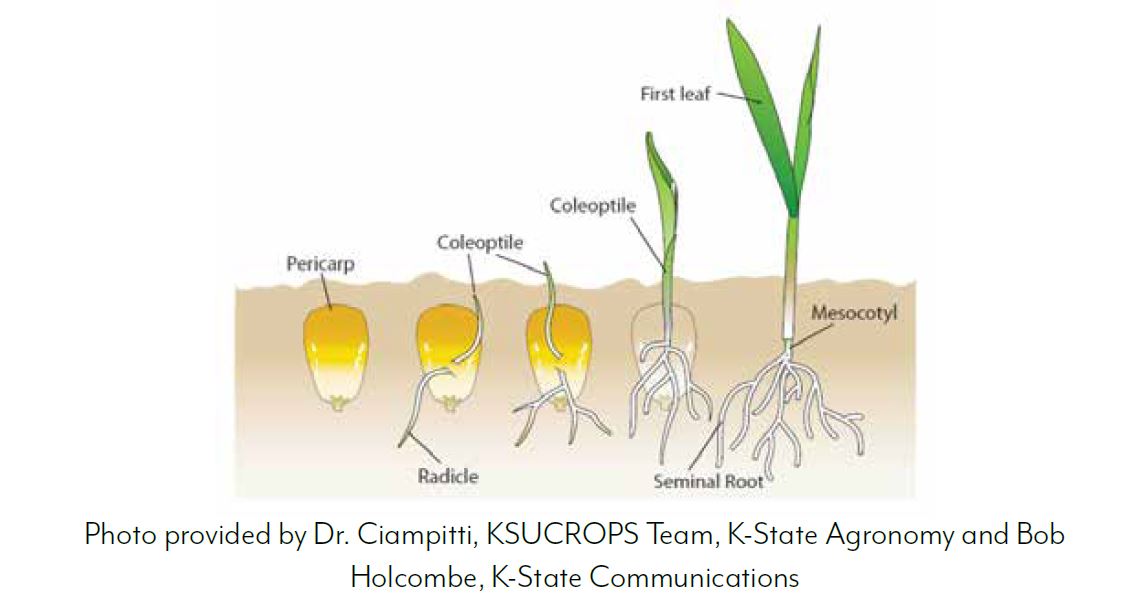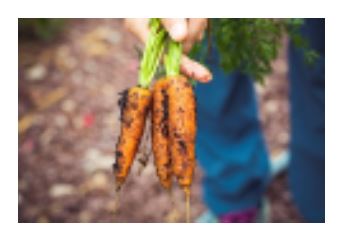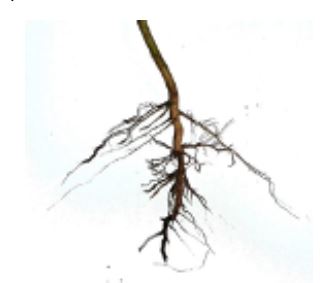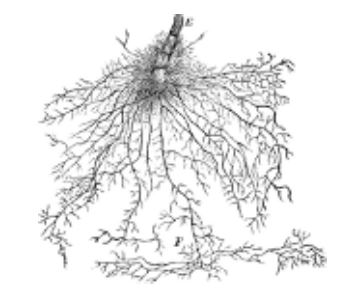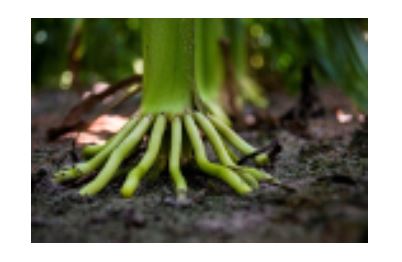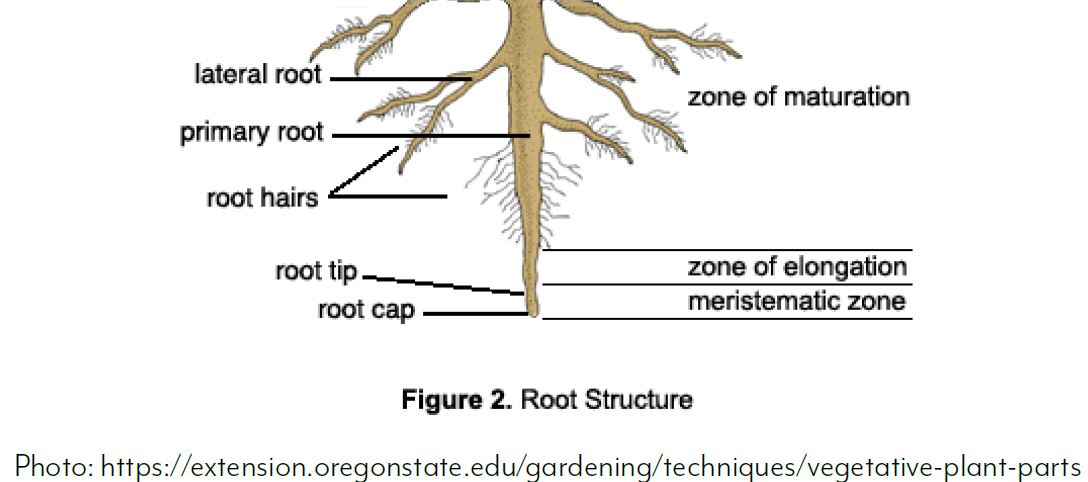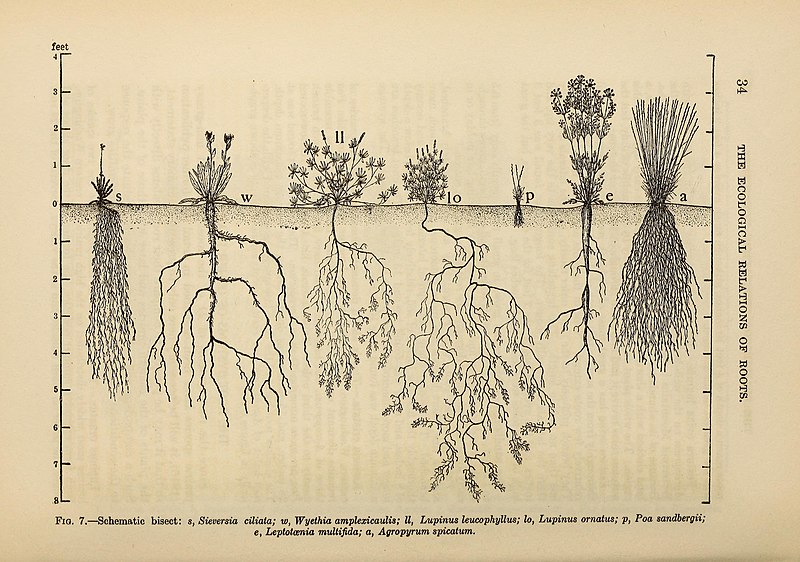TEACH-FLEX
Going Back To Our Roots
Grade Levels: 3rd Grade,4th Grade,5th Grade
How does a root absorb water and nutrients? Why is water and nutrients stored in the roots? How do roots anchor and support a plant? Students in this lesson will explore roots and learn about the role they play in helping a plant survive.
This lesson is the work product of the Kansas Corn Commission. Our lessons are written in collaboration with Kansas teachers for use in the classroom. Teachers may copy and share this curriculum. Use of this product for commercial or promotional use is prohibited without express permission of Kansas Corn.
Newsletter Sign Up
Each quarter we release a newsletter written by teachers for teachers. This is an easy way to keep up with what is happening at Kansas Corn STEM.
Subscribe Today!
